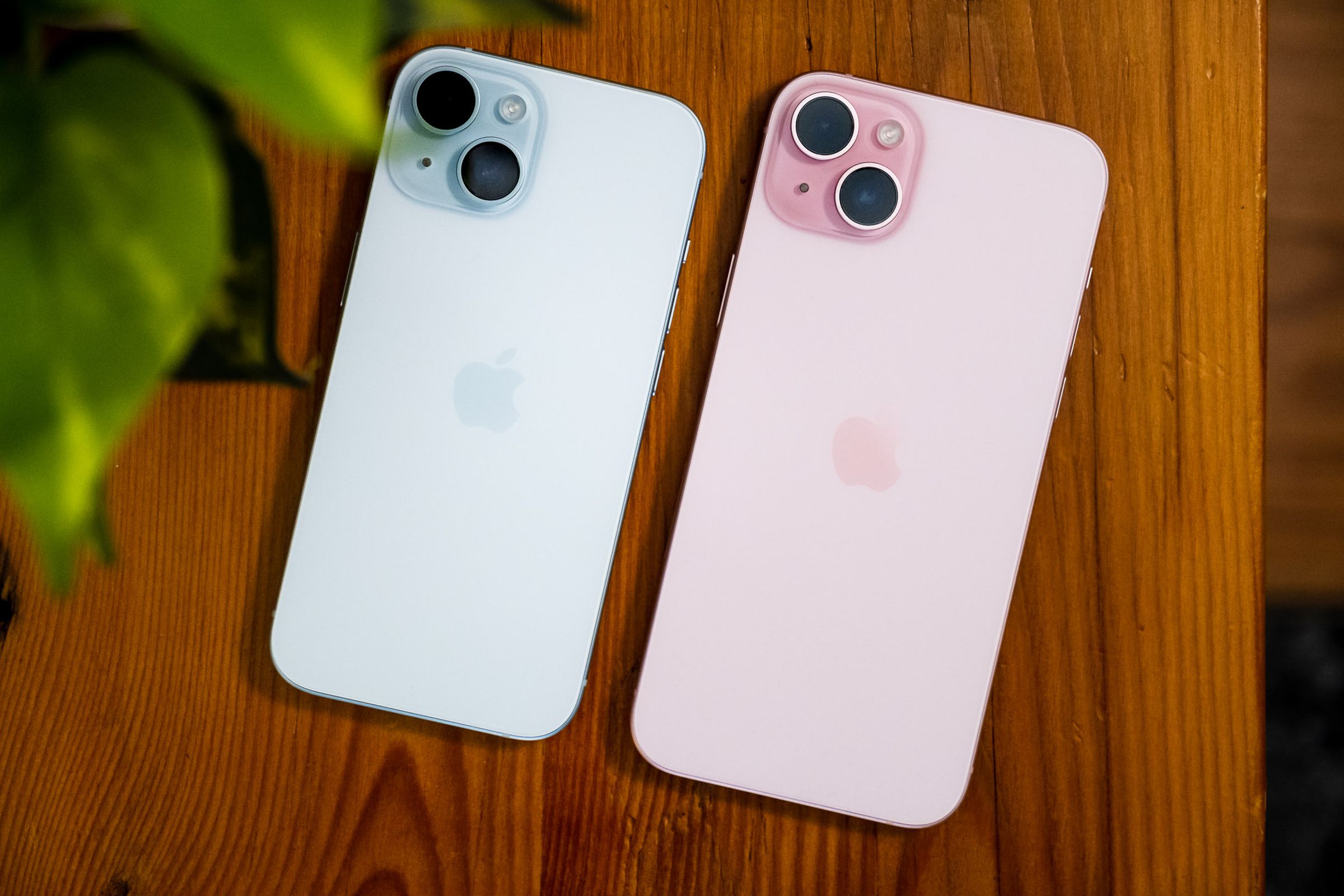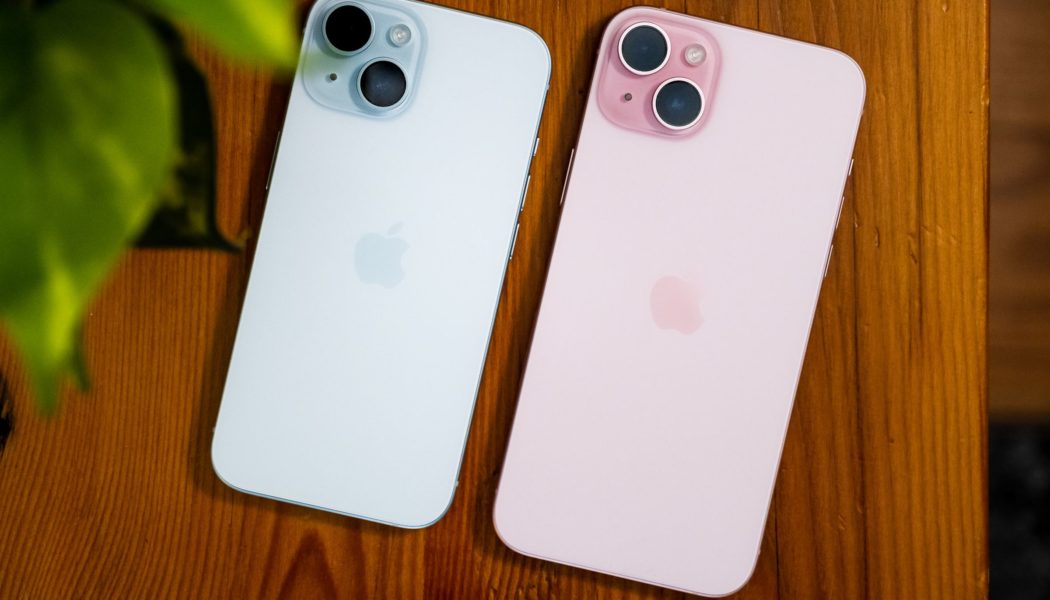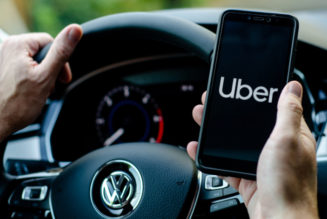Apple says it supports right-to-repair but testified against a new law in Oregon that would restrict parts pairing.
Share this story
See our ethics statement.

Apple might’ve backed a right-to-repair bill in California, but it was spotted lobbying against a new bill in Oregon that tries to ban the practice known as parts pairing. Cybersecurity expert Tarah Wheeler posted footage from and testified during a hearing about the state’s proposed right-to-repair bill, where testimony showed the company doesn’t want to give up full control of the repair process, as reported earlier by 404 Media. John Perry, Apple’s senior manager for the secure design team, said that Apple uses parts pairing to “make repair easier” while ensuring the device and its data “remains secure.”
The bill in question, SB 1596, would require companies to provide the documentation, tools, and parts both customers and independent repair shops need to fix broken products. However, unlike the bill in California, it also targets parts pairing, a restriction imposed by companies like Apple that can prevent customers from repairing a device with aftermarket parts.
An original equipment manufacturer may not use parts pairing to:
(A) Prevent or inhibit an independent repair provider or owner from installing or enabling the function of a replacement part or component of consumer electronic equipment, including a replacement part or component that the original equipment manufacturer has not approved;
(B) Reduce the functionality or performance of consumer electronic equipment; or
(C) Cause consumer electronic equipment to display unnecessary or misleading alerts or warnings about unidentified parts, particularly if the alerts or warnings cannot be dismissed.
Apple, in some cases, requires users to “pair” replacement parts like batteries and screens to their device using Apple’s System Configuration tool. If the part isn’t verified as from Apple, customers will receive pesky notifications that say the part they’ve installed isn’t genuine, and features like Face ID may refuse to work. This iFixit article explains how Apple and many other manufacturers have increased the use of parts pairing across wide swaths of electronics, with a graph showing how the percentage of paired parts in iPhones grew over the years.
Perry testified that the bill’s stance on parts pairing “will undermine the security, safety, and privacy of Oregonians by forcing device manufacturers to allow the use of parts of unknown origin and consumer devices.” Perry also mentioned that Apple has updated the parts pairing process so that customers no longer have to contact Apple support when installing a new part.
“Consumers have the right to choose which parts they use for repair, provided the device transparently reflects the repair history and the use of the part does not pose a risk to consumer safety, security, or privacy,” Perry said.
After years of fighting against the right to repair, Apple announced a new initiative to make parts, tools, and documents available to customers last October. The company has also launched — and continues to expand — a Self Service Repair program that includes a range of iPhones and Macs.









